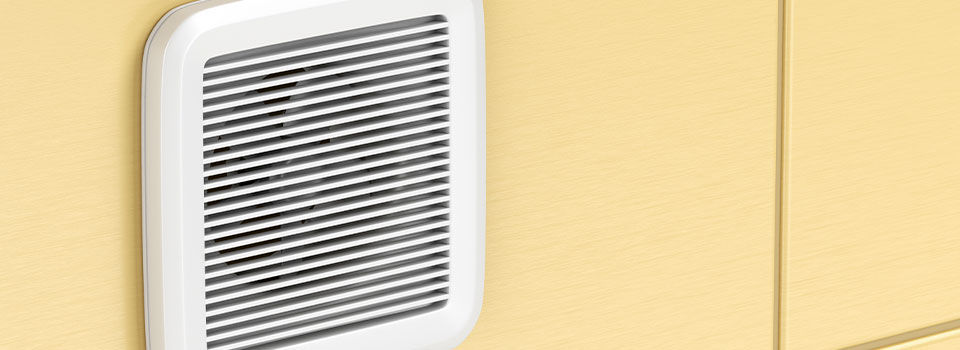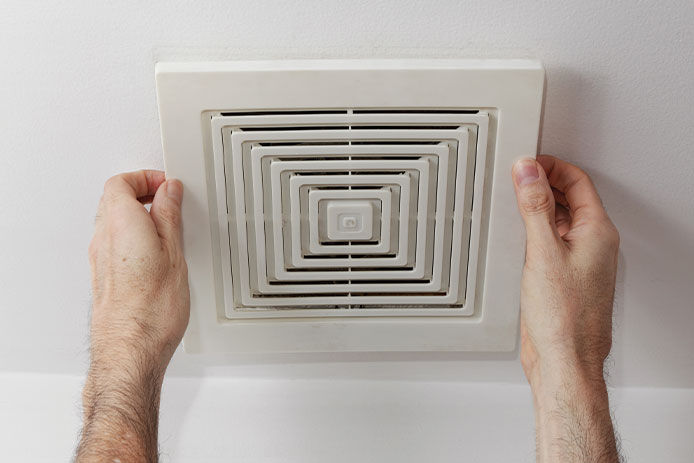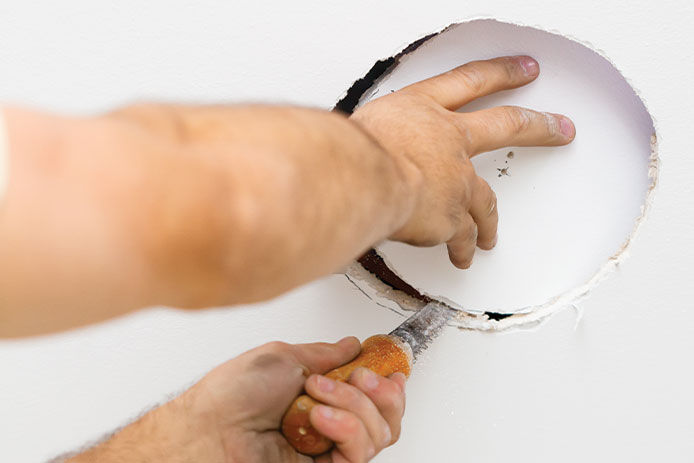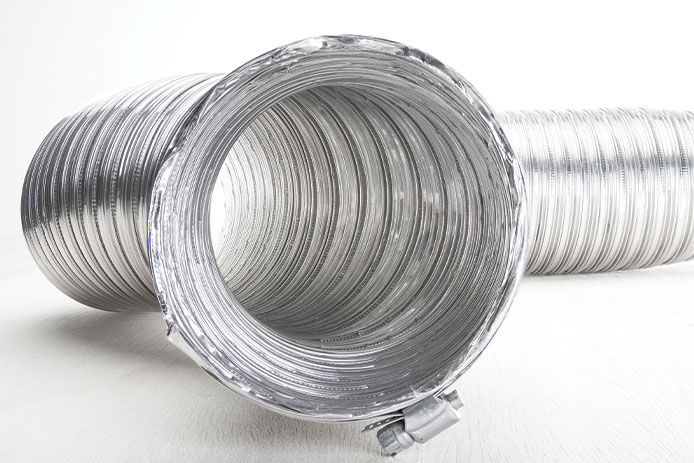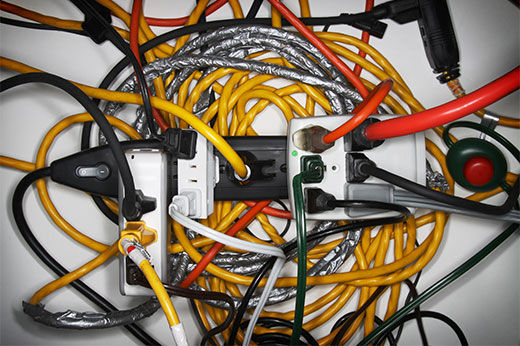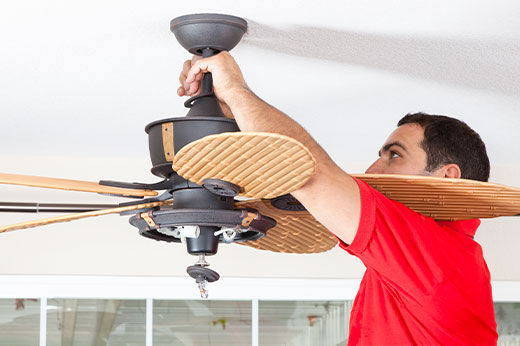How to Install a Bathroom Fan
Before installing a new exhaust fan, it's important to ensure you've gathered all supplies and have planned some time to work on the project. A bathroom fan installation can be done on a weekend, but as with any job, taking your time is essential.
Materials Needed
- Safety glasses and gloves
- Bathroom fan
- Vent duct
- Roof cap or wall vent
- Mounting hardware (if not included with your fan kit)
- Cordless drill
- Drywall saw
- Stud finder
- Pencil
- Measuring tape
- Wire strippers
- Voltage tester
Step 1: Choose an Exhaust Fan for Your Bathroom
If you plan to install the bathroom exhaust fan directly over your bathtub or shower, check that it's rated for this type of moist air installation. It must include GFCI connectors to decrease the fire risk from the humidity (which can short out electrical wires). If the fan isn’t going directly over the tub or shower, any type of exhaust fan will do.
You'll also want to consider the size of the fan for the bathroom. Bathroom fan sizing is designated by CFM, or "cubic feet per minute." To calculate the proper size, you'll need to calculate the volume of your bathroom—the length times the width of the room times the height in feet. This calculation should include the shower stall and closets. Divide that number by 7.5, giving you the CFM rating for your bathroom fan. You'll want to ensure your bathroom fan moves as much air as needed to keep your bathroom comfortable.
Most bathroom fans will come with the fittings, screws, and mounts required for installation. Be sure to check the box to make sure that your bathroom fan kit contains everything you need.
